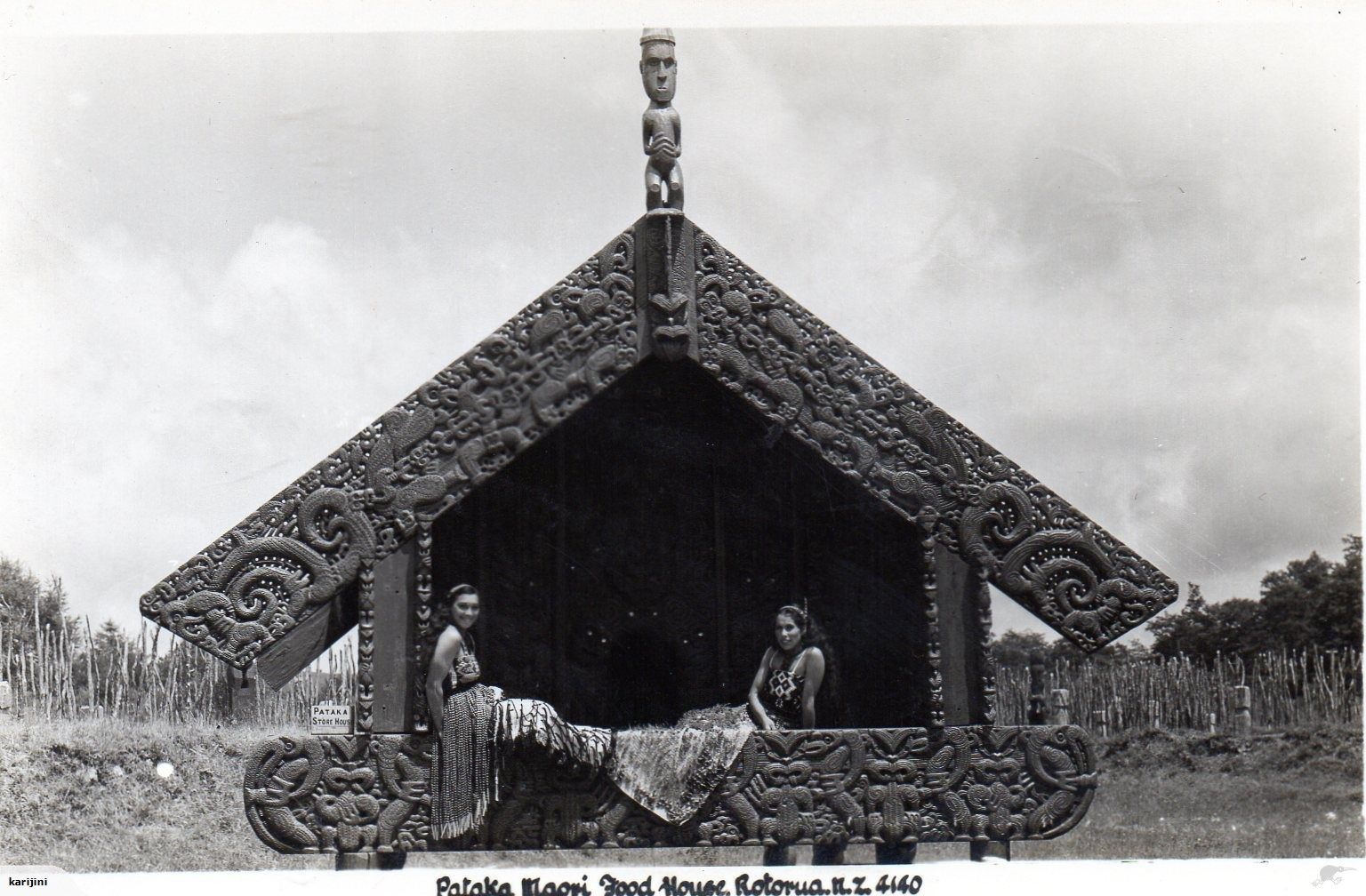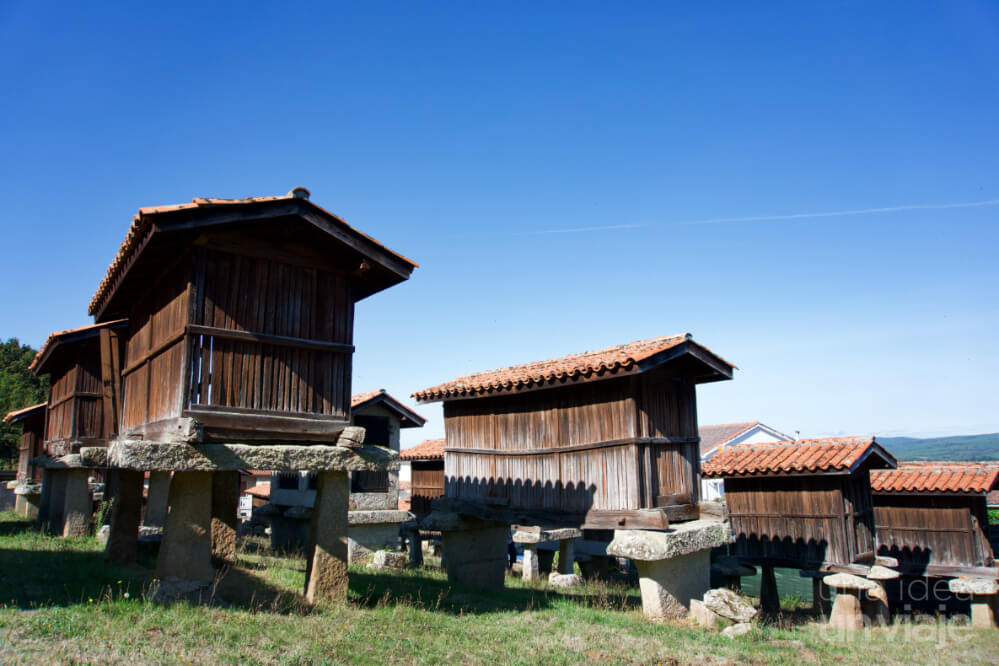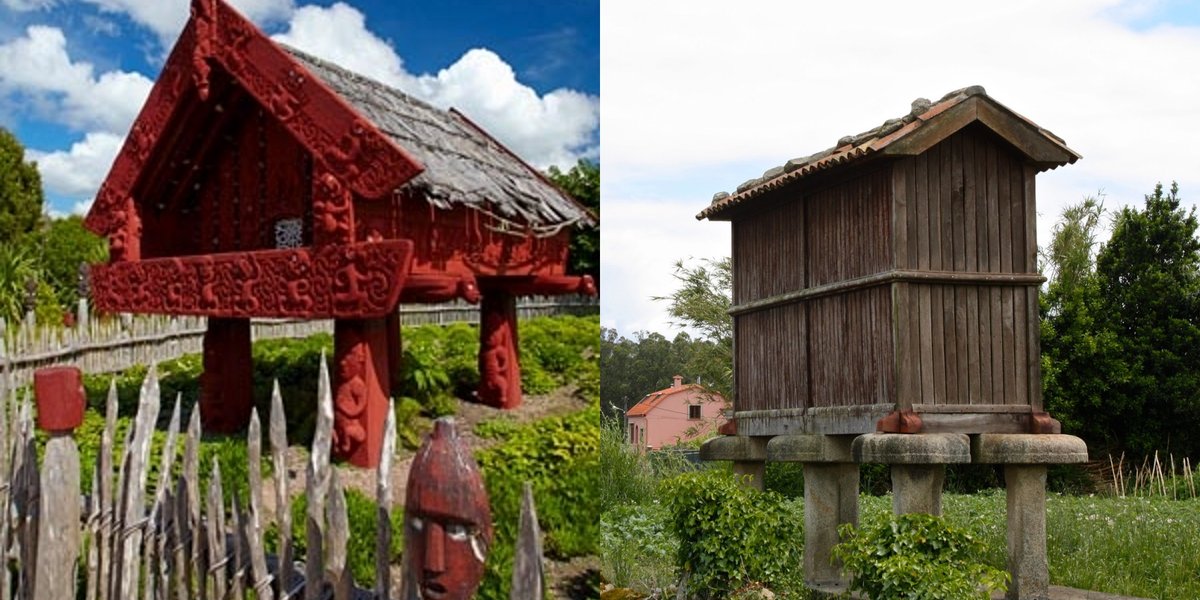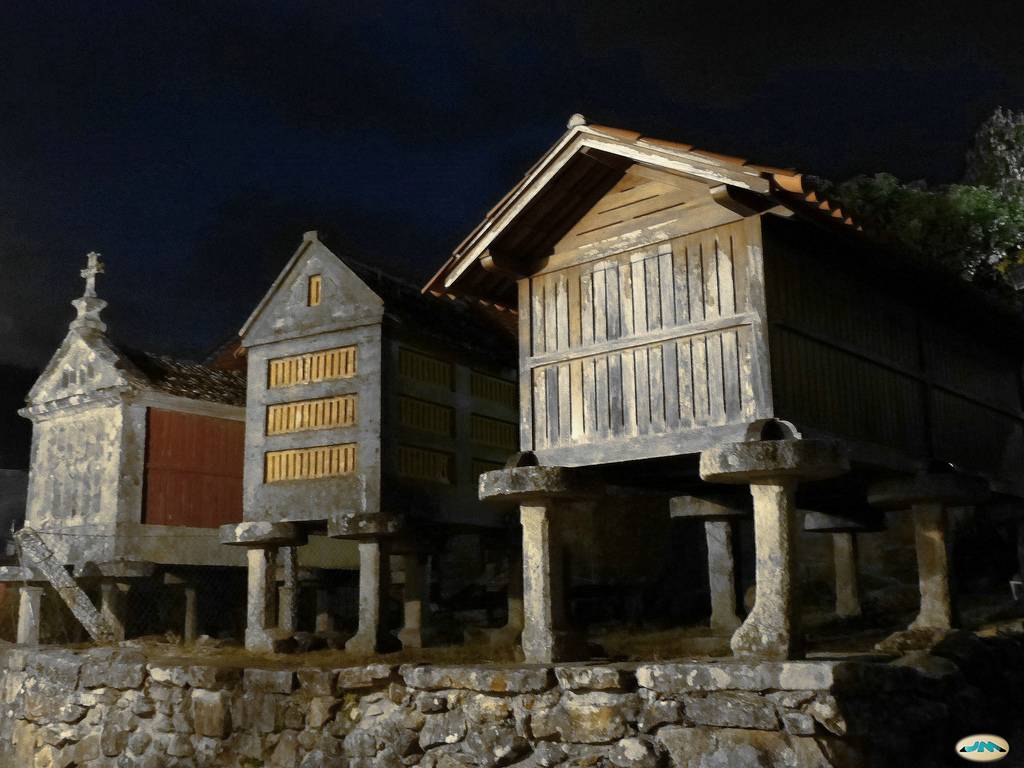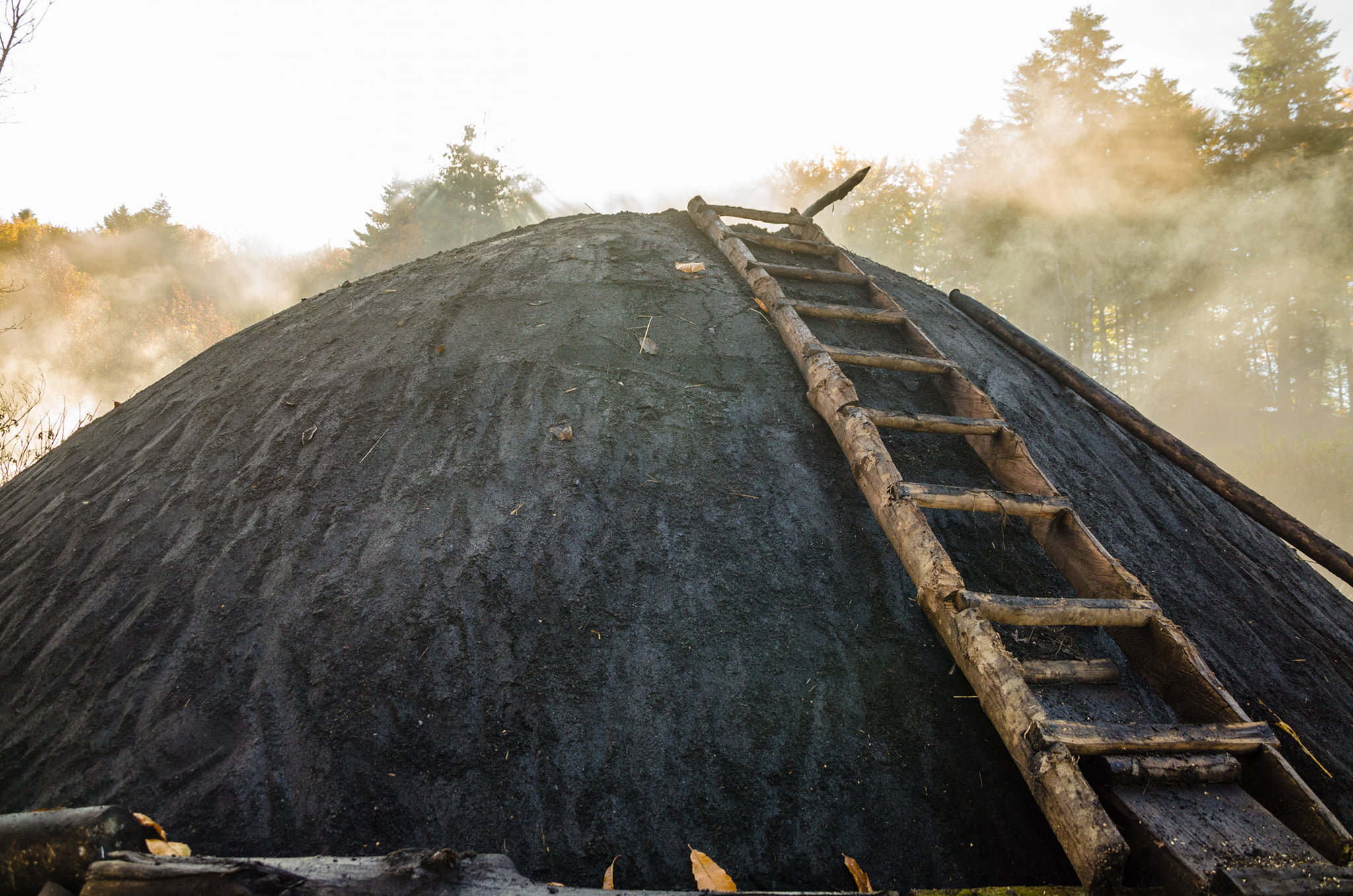
The official story tells that Australia and New Zealand were found by the British and the Dutch between XVII and XVIII. However, there exist proofs that confirm that two centuries before, a ship that started its journey from A Coruña’s harbor and was full of Galician people was already there at that time. For that reason, nowadays, in New Zealand and Australia, it is possible to find these traditional constructions: the well-known Galician “horreos” (raised granaries) where our ancestors used to keep the grains after harvesting them. Also, in this story, we find the explanation and the reason why there is an indigenous tree from Oceania in the city of A Coruña. However, this is not all… If you’d like to know more: KEEP READING!!!!
When did it all start?
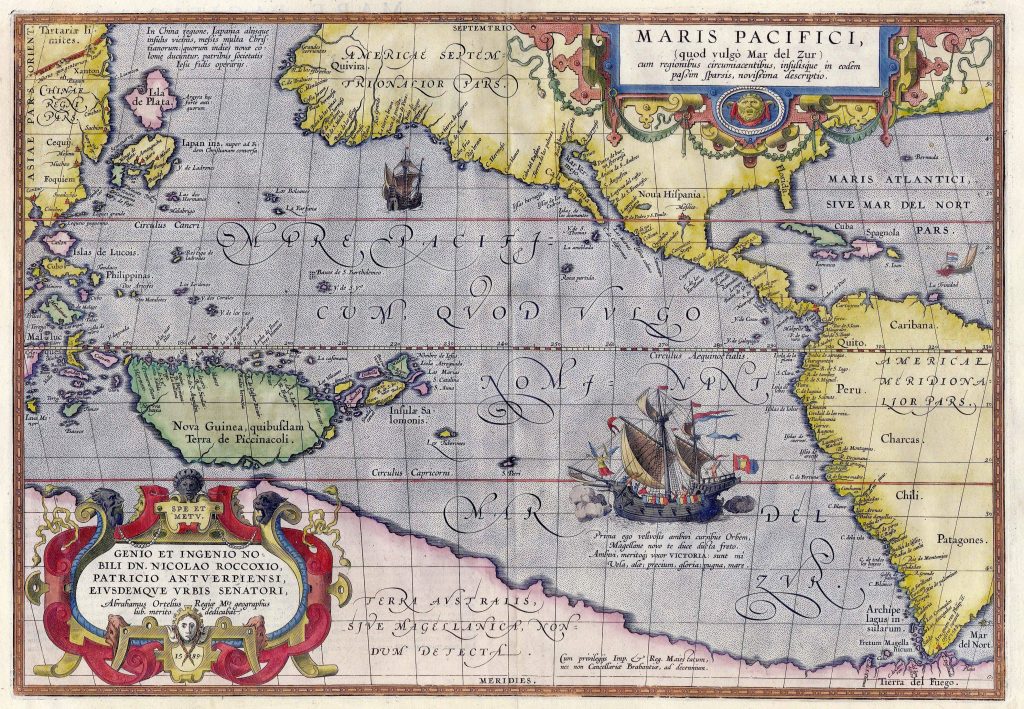
The Expedition carried by García Jofre de Loaísa, from A Coruña’s habour, took place the 24th of July, 1525. Its mission was to find the Molucca Islands located in Indonesia before the Portuguese did. Despite the journey taking lots of time and effort, the people in charge of the expedition did many geographic and maritime discoveries. But, one of them – the discovery of Australia and New Zealand – did not seem to have been written on paper. In fact, the expedition we are talking about was the second that circumnavigated the earth, three years after Pascual de Magallanes. Among its crew, we can mention some interesting names such as Juan Sebastián Elcano – the first Spanish sailor that traveled around the world -; Andrés de Urdaneta – the discoverer of the route that goes from Filipinas towards Mexico – and Rodrigo de Triana – the first person that sight America in Colon’s trip.
The fleet was made by 450 men distributed among seven ships and, despite they did discover many things, it is known for had been being a disaster. Among the reasons to be considered a disaster we can highlight: not being able to conquer the Molusques Islands or their return to Spain eleven years after with one ship only and 24 men out of 450. Of those seven ships, one of them – the San Lesmes – was full of Galician people. Nothing was known about this ship and the people that sailed the seas on it when they returned to Spain in 1536. However, in 1970, Robert Langdon a historian from Canberra University published a theory in his book entitled “The Lost Caravel” stating that the crew of the Galician ship (San Lesmes) was scattered among Australia, New Zealand, and the Island of Amanu. Langdon mentions that the Galician crew mingled among the natives of the Islands until they become part of the communities living there.
Today some footprints of this Galician community could be still found in Oceania as in the name of places, local words, and – in fact – the raised granaries named by the native people as “patakas”. The name given to these constructions is also interesting as the pronunciation and transcription of the word “patakas” /paˈtaka̝s/ which means potato in the Galician Language.
Who knows? Maybe when trying to communicate between the natives and the Galician people they were having a misunderstanding over the potatoes and the raised granaries that ended up giving a name to these constructions. However, if there’s any linguist in the room, we invite them to come up with a possible explanation for this interesting story.
